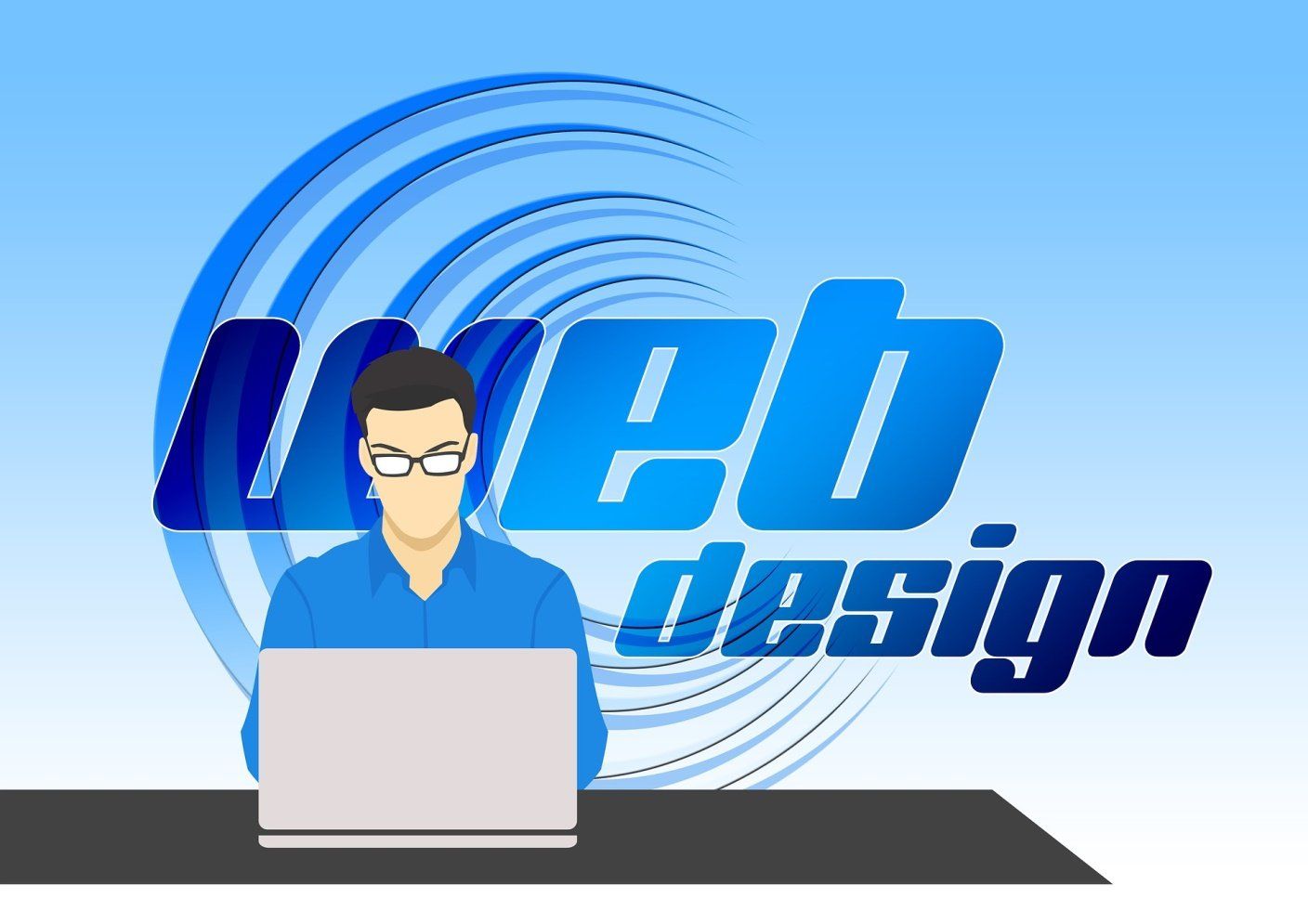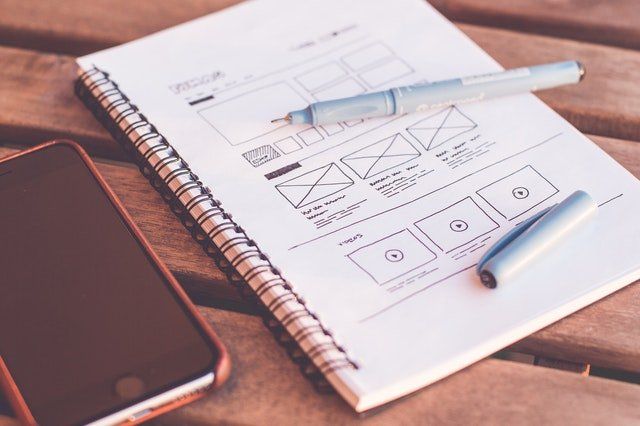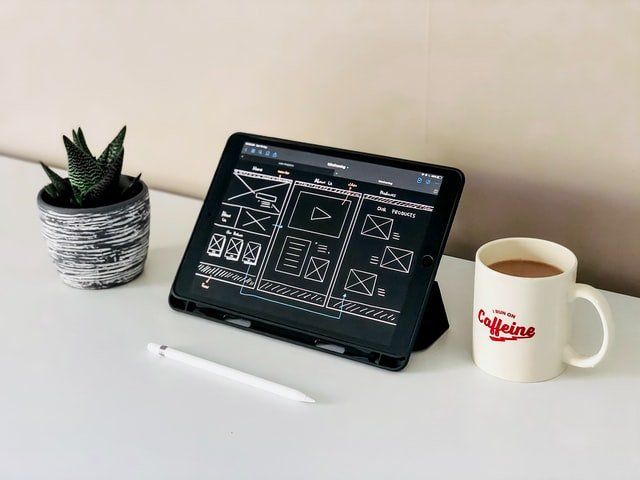
Content, layout, CSS—if you’ve ever been involved with SEO or with web pages, chances are you already know what these terms entail. From established brands with decades in the business to nascent businesses looking to strike it big, one of the most important players in the game is good web design.
It’s a given that a website is important, that it should be SEO compatible, and that it should preferably show up in the top results on search engines. But if the website doesn’t tick all the right boxes with its design, little will work out for it.
Let this blog guide you through the commandments of ensuring good web design.
What a Good Web Design Does
“What’s in the design? A product will have the same quality nonetheless, right?”
Right, but fewer people will buy it. Since your website is the point of connection between you and your potential customers, keeping them hooked is essential. Through the usefulness of the text and the aesthetic magnetism of the content, you ensure that customers are gained and not lost. The design will also give your customers an idea of what to expect from your services through its quality, denoting both attention to detail and professionalism on your part.
What Constitutes “Good” Web Design?
It goes without saying that multiple designers will have multiple answers to this question, since at some point, the craft does become subjective. However, if you observe leading websites of major brands, you’ll notice many similarities in the representation of the content and visuals. The reason for this is an almost universal set of principles which are followed by designers worldwide to ensure design that’ll result in satisfactory consumer experience.
Let’s talk about those principles now.
Serve a Purpose
One of the foremost functions of good web design is to explain the product, detail its usability, and clarify its purpose. It’s should be self-explanatory, clear, concise, and well-organized. The viewer should have no trouble understanding either the product or the page, and shouldn’t be confused when landing on the home page. Give clear-cut directions and explain concisely.
All About the Product
Drill into the minds of viewers the importance of your product. Even if you’re simply listing your product, do so with price tags and small descriptions, encouraging the viewer to buy your product. Explicate its benefits, qualities, and emphasize its necessity and usefulness. Why must the consumer buy your product and what are they losing by not buying it? What are its features and specifications? What makes your product valuable? Always mention any special discounts or offers as they are the surest way to lure consumers in. These should be mentioned in bold letters and placed strategically at visible places so that they’re always in the viewers’ eyes.
The Aesthetic
Of course, at its core, any “design” is about the aesthetic and it’s important to understand that aesthetic doesn’t just mean color and font. The beauty of good design lies in its enjoyableness, in its ease of use, in its organization. If the page is designed to be used easily by consumers and feeds them useful information in the quickest, simplest way possible, you’ve done good.
You should also avoid clutter: don’t cluster too many visuals on one page, and the visuals that do end up there should be carefully placed. Text should only cover the most important content and should be concise.
Avoid huge blocks of text and continuous, long, running paragraphs. Nobody visits your website to read a textbook. Many designers prefer bullet points since they are easier to read. Always keep in mind that the average attention span of a human is under 10 seconds. If you can’t grab their attention and sell your product in that amount of time, you’ve lost the game.
Finally, The Five Fundamentals
It’s on the home page that these five fundamental elements need to be placed in the best manner of execution possible.
- The logo should be well designed and be memorable to viewers
- A Description: a short grab describing what you do
- A call to action which lures your consumers in
- A visual element such as an image
- A menu which will help viewers navigate the site
Looking for a Good Web Designer?
Customer Contact Solutions is a web design services provider based in London, Ontario with a team of professional web designers on board who can deliver the best results in a short period of time. Get in touch with us by calling at (519) 614-4143.













